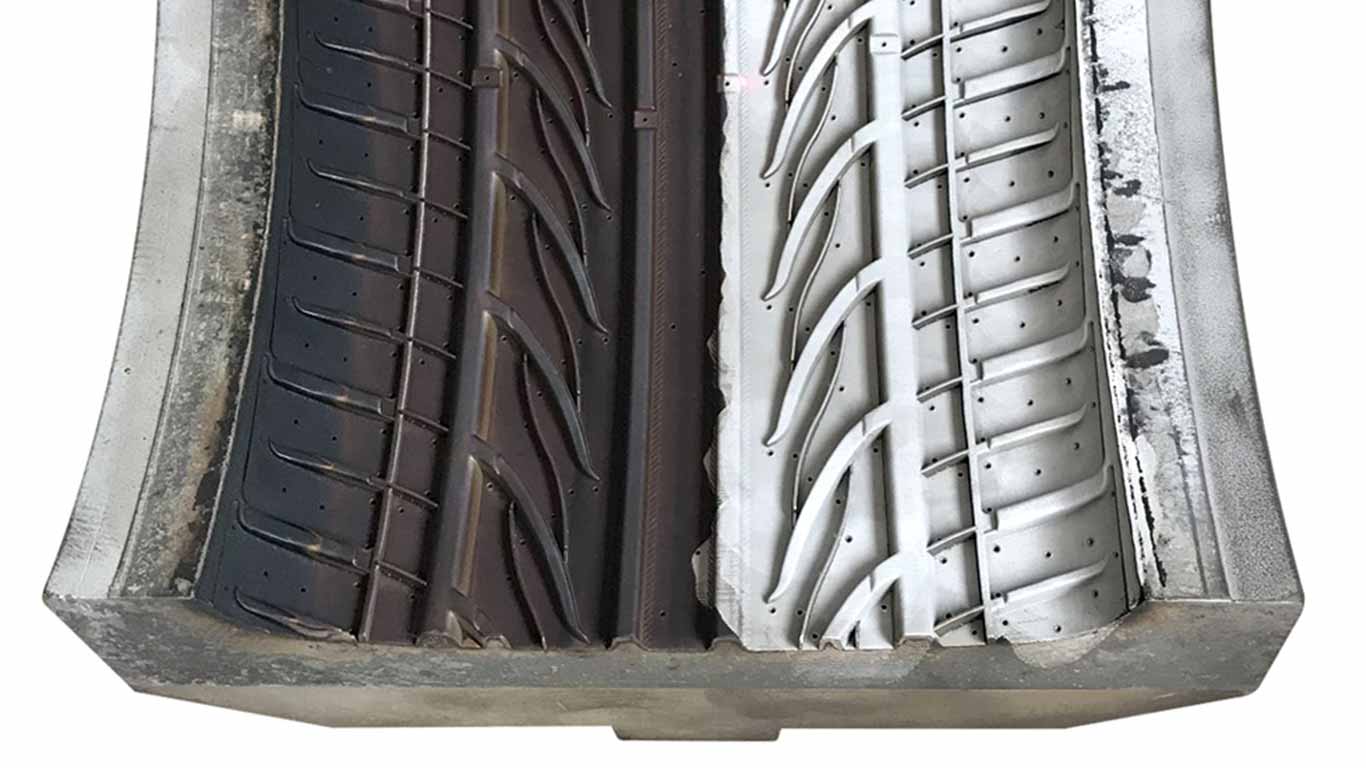
ANSI
ANSI Z136.1 - Safe Use of Lasers



In laser processing of tungsten, harness its unparalleled heat resistance to endure extreme conditions without deformation, but stay alert for surface oxidation during extended exposure
I've seen the contaminated tungsten surface up close at high magnification, and it looks rough with scattered dark spots clinging tightly. Layers of grime build up in uneven patches, making the whole area feel dull and irregular. This buildup hides the metal's true texture beneath.
After the laser treatment, that same surface appears smooth and even under magnification, free of any clinging debris. The clean metal shines with a consistent gleam, showing off its natural, uniform finish. Now, the texture stands out clear

ANSI Z136.1 - Safe Use of Lasers

IEC 60825 - Safety of Laser Products

OSHA 29 CFR 1926.95 - Personal Protective Equipment